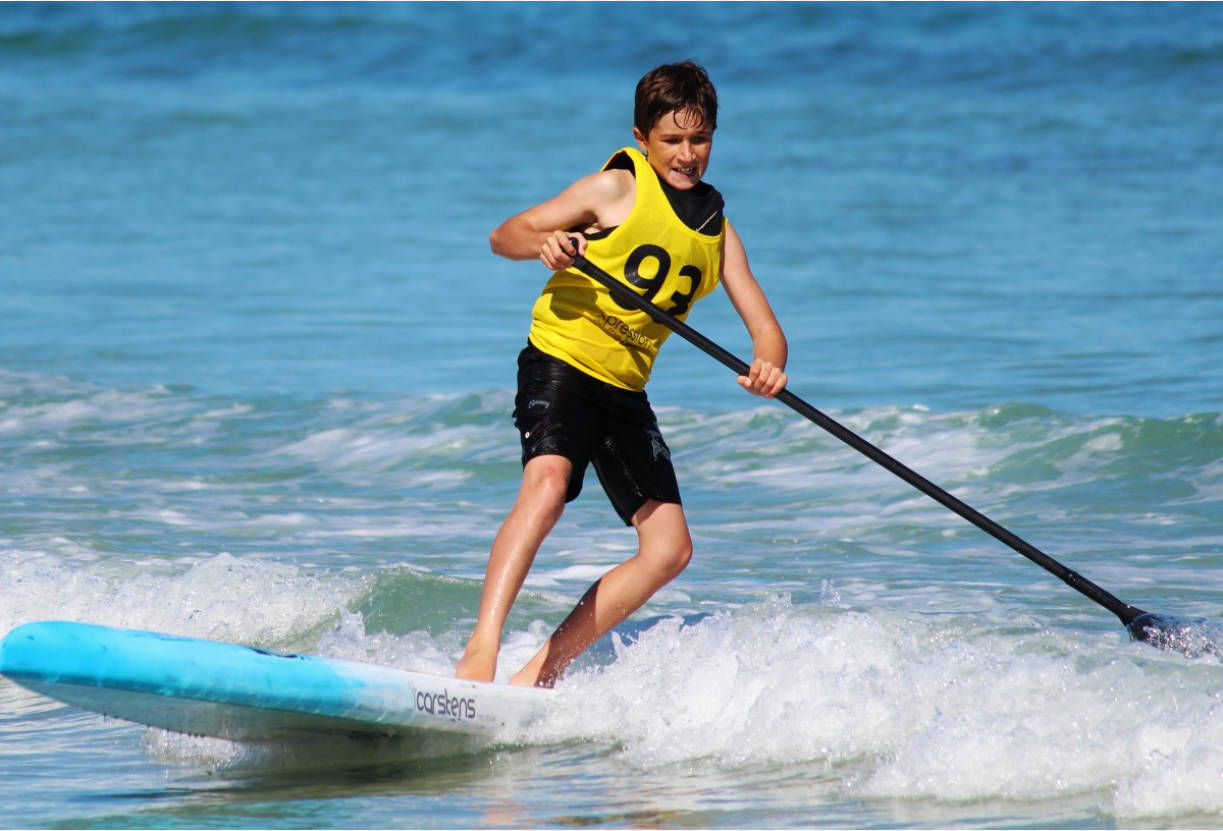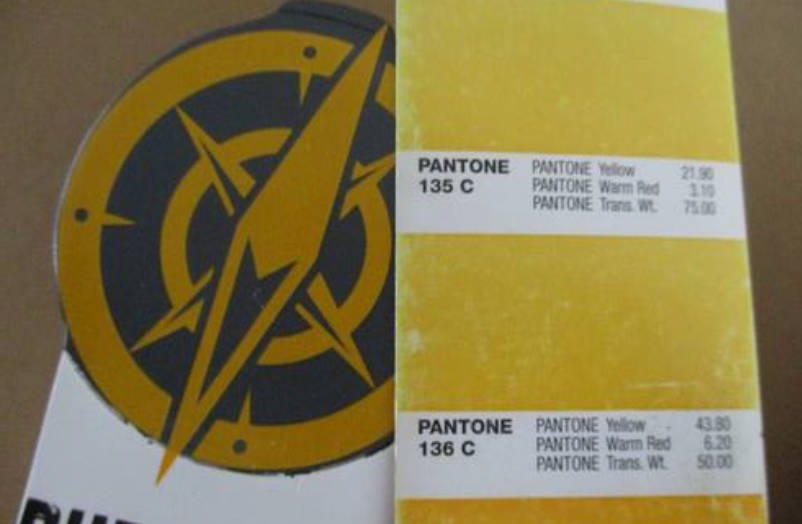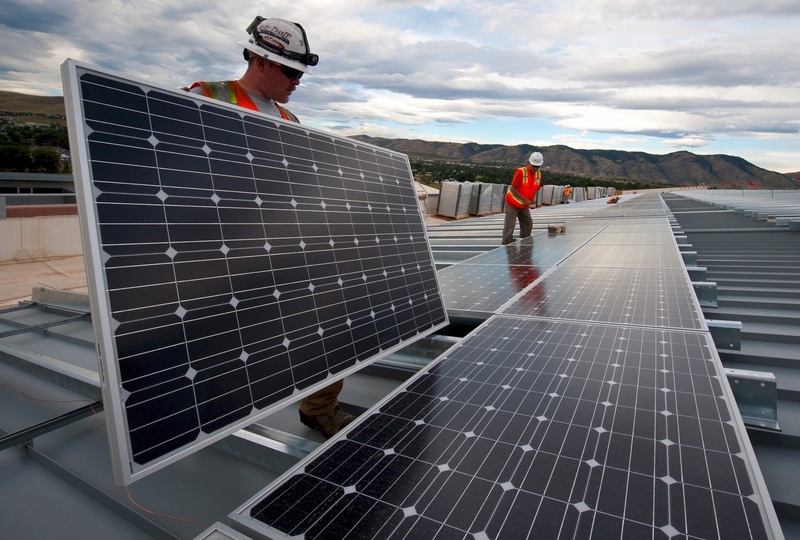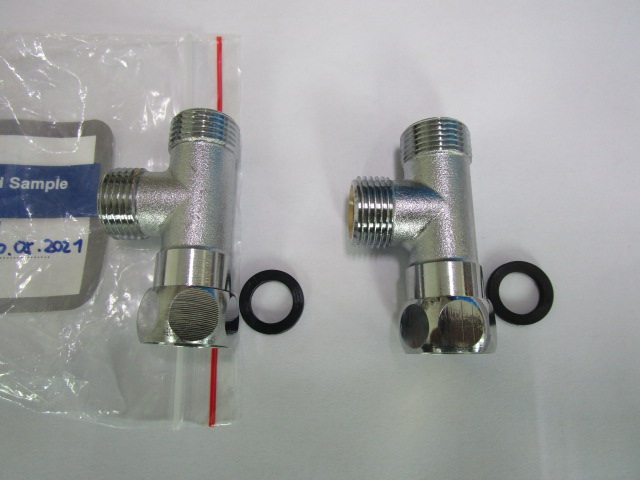
To ensure that products meet both aesthetic and functional standards, executing thorough checks on style and color during the quality inspection process is crucial. This involves a systematic approach to evaluating a product’s appearance and ensuring it aligns with the predefined standards and expectations. Here’s how to effectively execute style and color checks and verifications in the quality inspection process:

Contents
Understanding the Importance of Style and Color Inspection
Style and color are fundamental aspects of a product that affect consumer perception and satisfaction. A discrepancy in these elements can significantly impact the marketability and acceptance of a product. Therefore, inspectors must assess these attributes meticulously to ensure they meet the specified requirements.
Establishing Clear Standards
Before inspection, it’s essential to have clear, documented standards for style and color. These standards should include detailed descriptions, Pantone color codes, and visual references such as samples or digital mock-ups. Having precise standards helps inspectors to objectively assess the products and reduces the likelihood of misinterpretation.
Implementing a Systematic Inspection Process
- Visual Inspection: The first step involves a visual examination of the product against the reference sample or digital mock-up. Inspectors should check for the overall appearance, color consistency, and style accuracy. This process can be subjective, so it’s crucial to have experienced inspectors with a keen eye for detail.
- Color Matching under Controlled Lighting: Colors can appear differently under various lighting conditions. To ensure accurate color verification, inspections should be conducted under controlled lighting conditions that mimic the standard light sources (e.g., D65 for daylight, TL84 for store light). Color matching tools and devices, such as colorimeters and spectrophotometers, can provide objective data on color accuracy.
- Physical Measurements for Style Verification: Style verification often requires measuring dimensions and examining the shape and features of a product to ensure they align with the specifications. Tools such as rulers, calipers, and templates can be used for precise measurements.
- Comparison with Standards: All findings from the inspection should be directly compared with the established standards. Any deviations should be documented, and if necessary, corrective actions should be initiated.
- Feedback Loop: Feedback should be provided to the production team or suppliers to correct any discrepancies. This loop helps in continuous improvement and ensures that future batches meet the established standards more closely.
Leveraging Technology
Advancements in technology have introduced various tools and software that can automate and enhance the accuracy of style and color inspections. Digital color management systems, 3D scanning, and AI-powered inspection tools can provide more precise and efficient analysis than manual inspections alone.
Training and Calibration
Regular training sessions for inspectors are crucial to maintain a high level of consistency and reliability in inspection outcomes. Calibration of inspection tools and equipment should also be conducted regularly to ensure accuracy.
Continuous Improvement
The process of style and color inspection should be continually reviewed and improved based on feedback and technological advancements. Adopting a culture of continuous improvement can lead to more efficient and effective quality control processes.
Conclusion
Executing style and color checks and verifications in the quality inspection process is a complex task that requires a meticulous approach, precise standards, and the effective use of technology. By establishing a systematic inspection process and continuously seeking to improve, organizations can ensure that their products meet the highest standards of quality and appeal to their target market.




